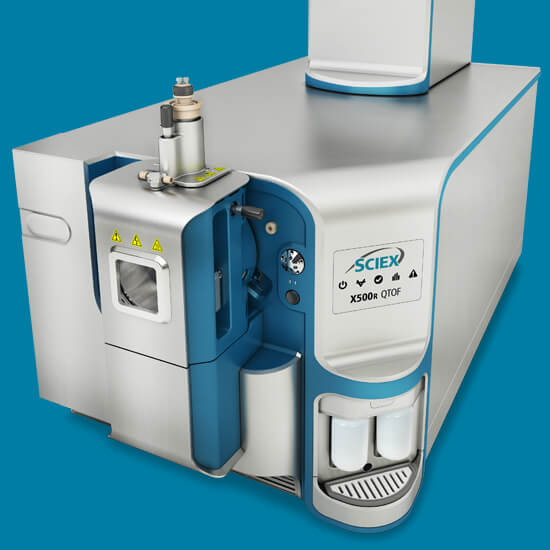While safe drinking water must undergo disinfection to inactivate pathogenic microbes and prevent waterborne diseases, the consequence is the generation of DBPs that are left behind (1). Conventional disinfection processes include chlorination, chloramination, ozonation and UV irradiation. These processes can potentially react with natural organic matter—such as bromide, iodide and background pollutants that could be present in the water—to produce DBPs. DBP formation is usually a more significant concern for water systems that use surface water, such as rivers, lakes and streams.
Identifying and understanding DBPs is important as scientists have discovered DBPs are potentially carcinogenic and may cause both developmental and reproductive issues in humans and wildlife (2, 3, 4). More than 600 DBPs have been reported, including n-nitrosamines (NDMA), trihalomethanes (THMs), halobenzoquinones (HBQs) and haloacetic acids (HAAs).(5) Nevertheless, because the initial starting material of any chemical reaction with natural organic matter is mainly unknown, (6) analysis is still a challenge. There is much work to be done to enable comprehensive non-targeted analysis of unknown targets to completely characterize and understand DBP exposure. Detecting these compounds typically requires derivation and multiple extraction steps, which can be time-consuming.
Quantify the known DBPs and discover the unknowns
With LC-MS/MS, you can rely on ion chromatography as a separation technique before detection. In other words, you can skip derivatization steps when analyzing these pollutants. LC-MS/MS is also not constrained or limited by analyte molecular weight, thermal ability or volatility, and it offers the diversity to detect known, common DBPs, as well as survey for unknown DBPs. For this reason, scientists use LC-MS/MS as a key technique to survey water for DBPs and ensure that disinfection processes do not result in added chemical hazards or carcinogens that could be harmful to humans.





